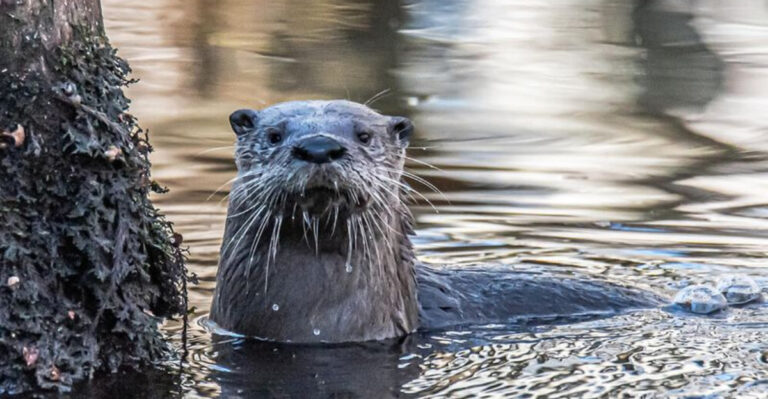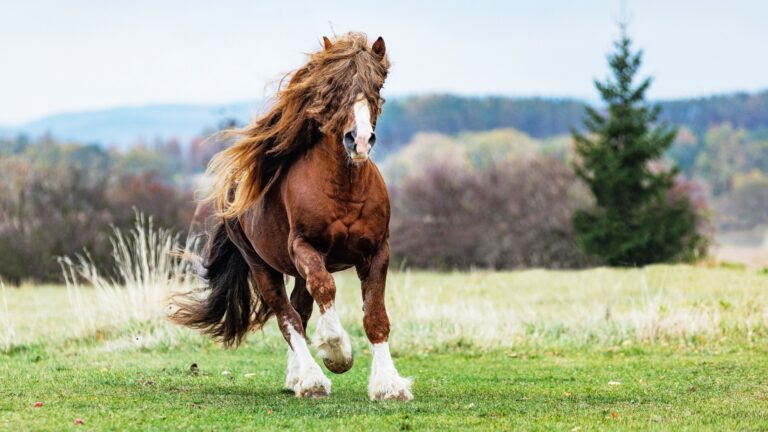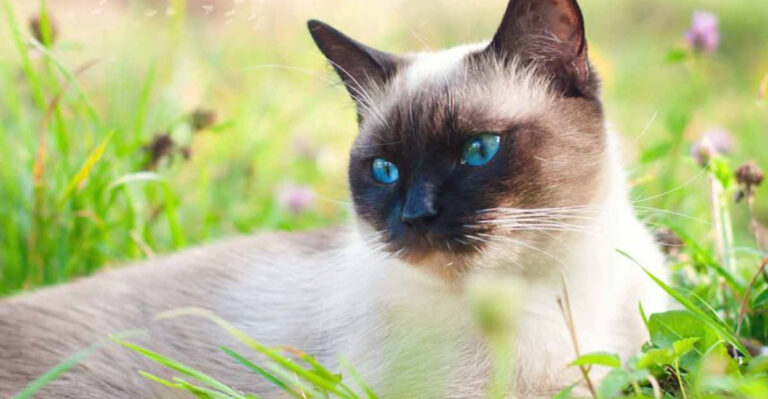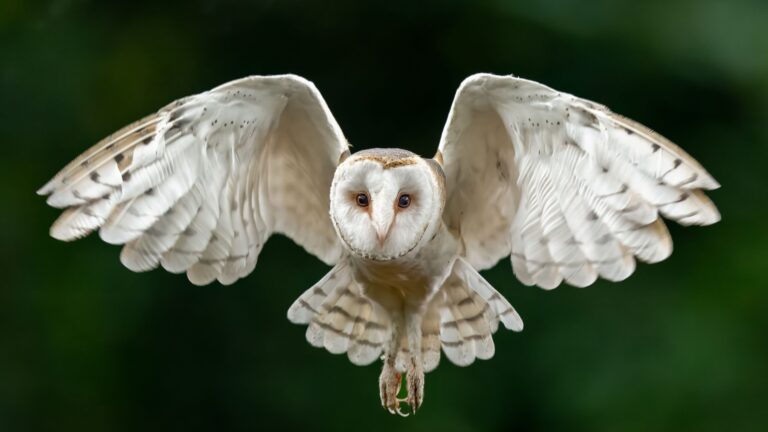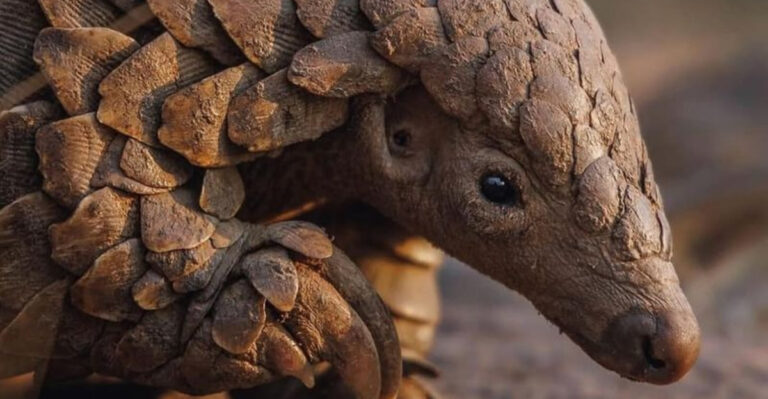15 Oldest Living Animals On Earth That Defy Time
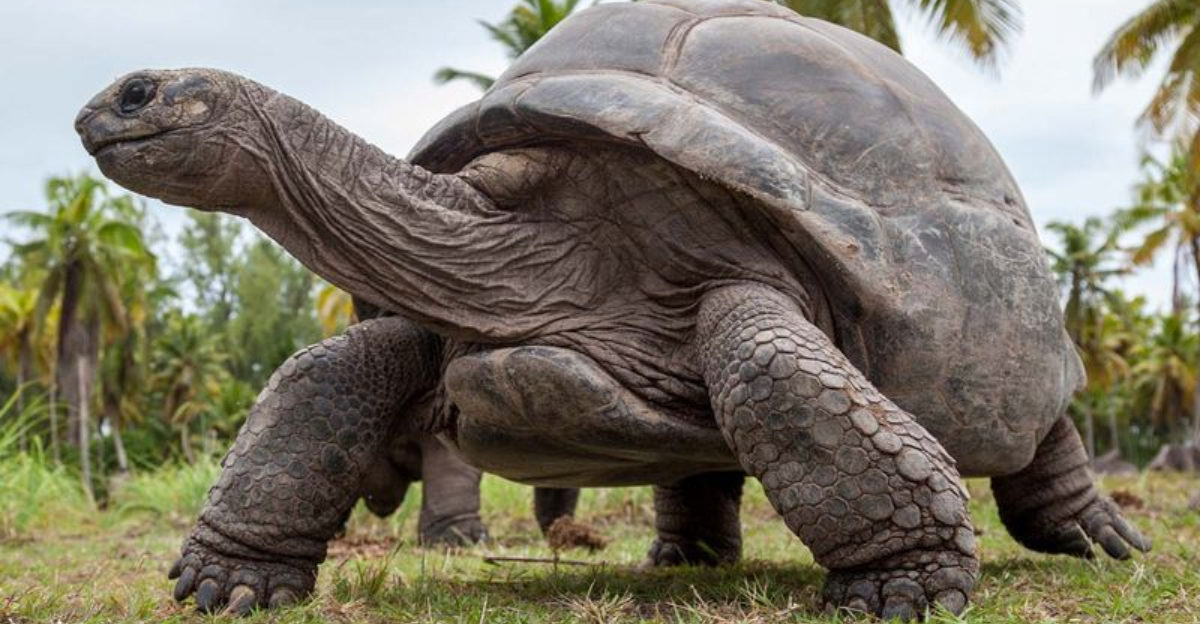
Imagine creatures that have witnessed centuries pass by, silently defying the constraints of time.
These ancient beings, some older than human civilization itself, offer a mesmerizing glimpse into the endurance of life. They dwell in various parts of the world, adapting and surviving against all odds.
Join me as we embark on a journey to discover these fascinating animals, each with a unique story etched in the annals of nature. Their longevity is a testament to nature’s resilience and wonder.
1. The Greenland Whale
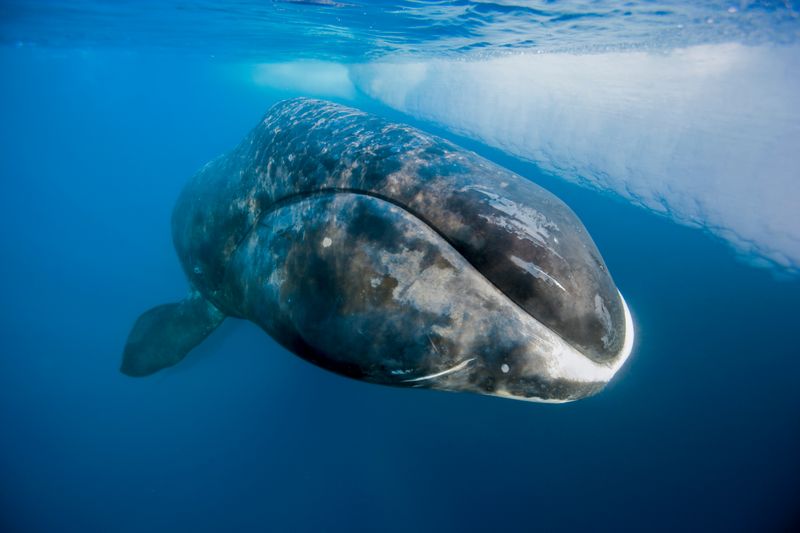
With a majestic presence, the Greenland Whale has roamed icy waters for over 200 years. Its life unfolds amidst Arctic ice, making it one of the planet’s longest-living mammals.
Known also as the Bowhead Whale, it boasts a robust physique and a thick layer of blubber, adaptations for freezing environments.
Researchers study its longevity, attributing it to genetic makeup and a slow metabolism. These giants of the sea testify to nature’s resilience, reminding us of life’s persistence in the harshest of habitats.
2. Greenland Shark
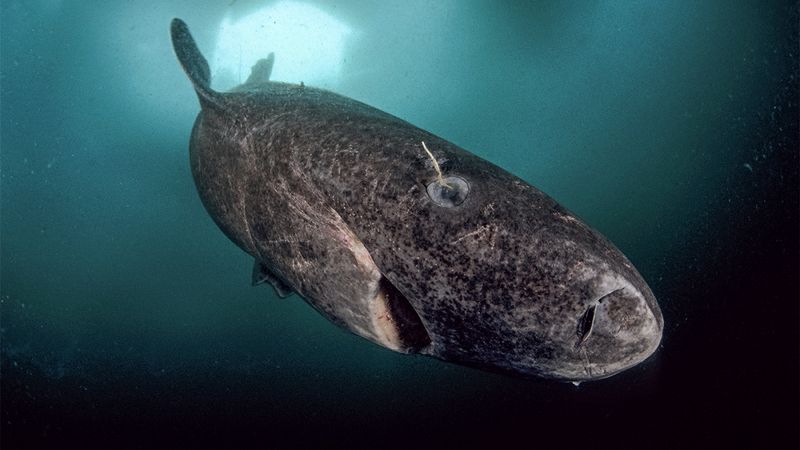
Meet the Greenland shark, a mysterious leviathan of the North Atlantic. This intriguing creature can live up to 400 years, making it the longest-living vertebrate.
Swimming slowly through icy waters, its leisurely pace is akin to the passage of time itself. Despite its longevity, much about this shark remains unknown, adding to its enigmatic allure.
Did you know? Scientists estimate its age by measuring the layers in its eye lenses, a method similar to counting tree rings.
3. Bowhead Whale
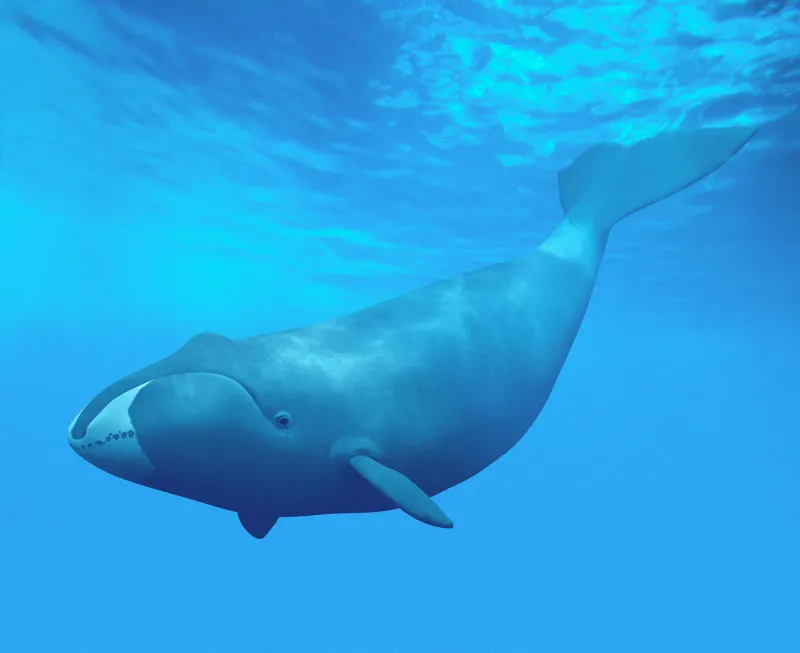
With a lifespan exceeding 200 years, the bowhead whale is a giant of the Arctic seas. Its thick blubber and immense size enable it to thrive in frigid waters.
These whales sing complex songs, resonating across the ocean, akin to nature’s symphony. Their baleen plates help filter food, sustaining their enormous bodies.
Fascinatingly, harpoons found in some living individuals date back to the 1800s, a living link to the past. Truly, the bowhead is a marvel of longevity.
4. Aldabra Giant Tortoise
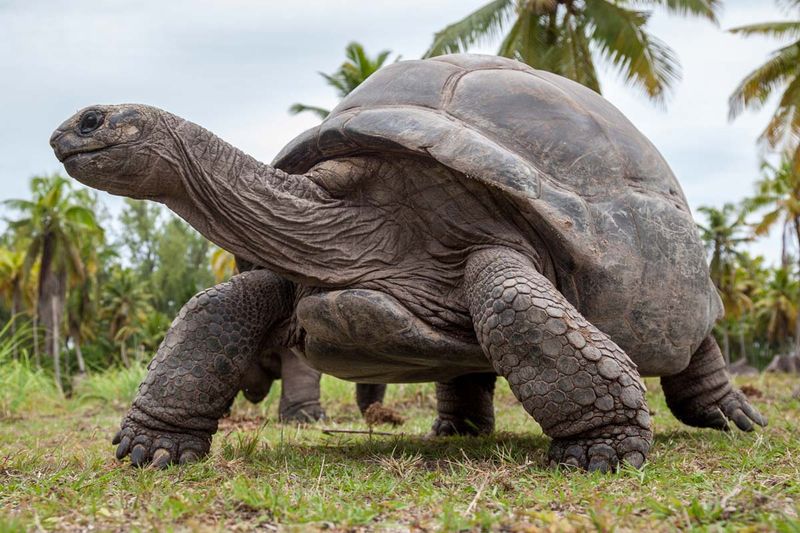
The Aldabra giant tortoise is a leisurely wanderer of the Seychelles, living well over 150 years. Its slow pace and ancient gaze seem to ponder timeless secrets.
These tortoises are among the largest in the world, with sturdy shells and powerful legs that carry them across sandy shores and grassy fields.
Originally from the Aldabra Atoll, these tortoises have become iconic symbols of resilience, embodying the slow but steady march through time.
5. Geoduck
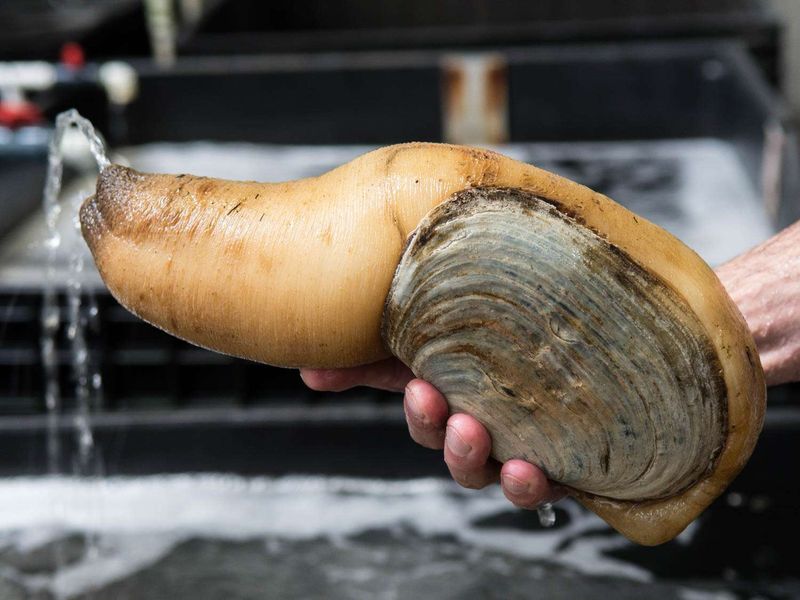
The geoduck, a peculiar clam from the Pacific Northwest, can live to be 160 years old. Its name, pronounced “gooey-duck,” sounds as odd as its appearance.
This clam burrows deep into the sand, with an elongated siphon stretching upward to the surface. Despite its unassuming nature, it thrives remarkably well.
Interestingly, the geoduck’s siphon can extend up to three feet, a curious trait that fascinates marine biologists and beachcombers alike.
6. Rougheye Rockfish
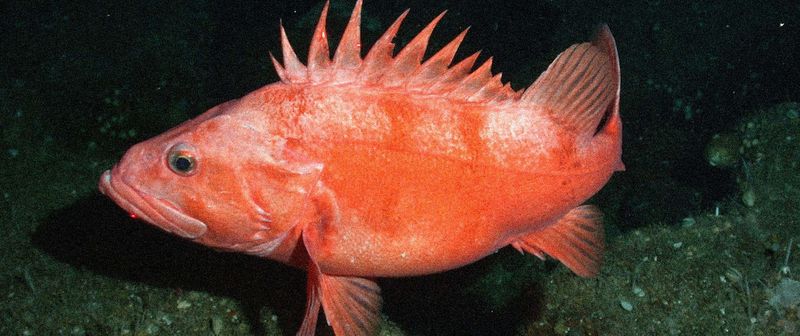
In the deep, cold waters of the Pacific, the rougheye rockfish boasts a lifespan of up to 205 years. Its rosy hue and spiny fins are striking against the ocean depths.
These fish are slow-growing and elusive, thriving in the shadows of the sea. Their lifespan is a testament to patience and survival in a harsh environment.
Fun fact: The rougheye rockfish is named for the rough ridges above its eyes, adding to its unique appearance.
7. Red Sea Urchin
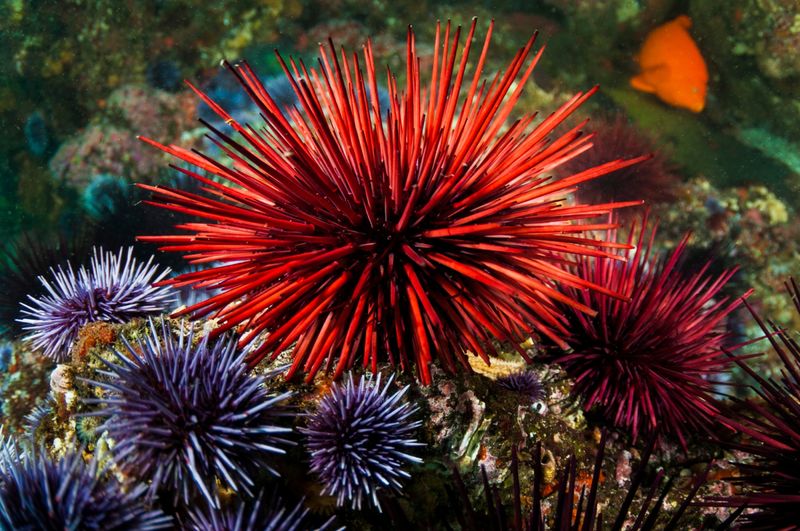
The red sea urchin, with its vivid hue and prickly demeanor, can live for more than 200 years. Found along the Pacific coast, it clings to rocks silently.
Its long spines deter predators, allowing this urchin to enjoy a lengthy life beneath the waves. Its diet consists of algae, contributing to its ecosystem.
Did you know? These resilient creatures are studied for their regenerative abilities, inspiring potential medical breakthroughs.
8. Tuataras
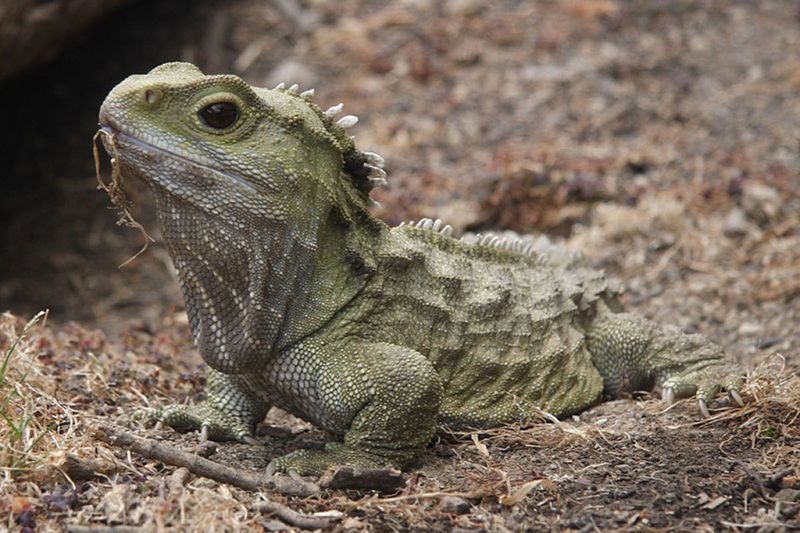
Tuataras are ancient reptiles native to New Zealand, living up to 100 years. They resemble lizards but are unique creatures with a lineage dating back millions of years.
These reptiles have a third “eye” on top of their heads, a mysterious organ visible only in hatchlings. This vestigial eye is a remnant of their evolutionary past.
Tuataras are solitary and nocturnal, emerging at night to feed on insects and small animals. They are truly living fossils.
9. Freshwater Pearl Mussel
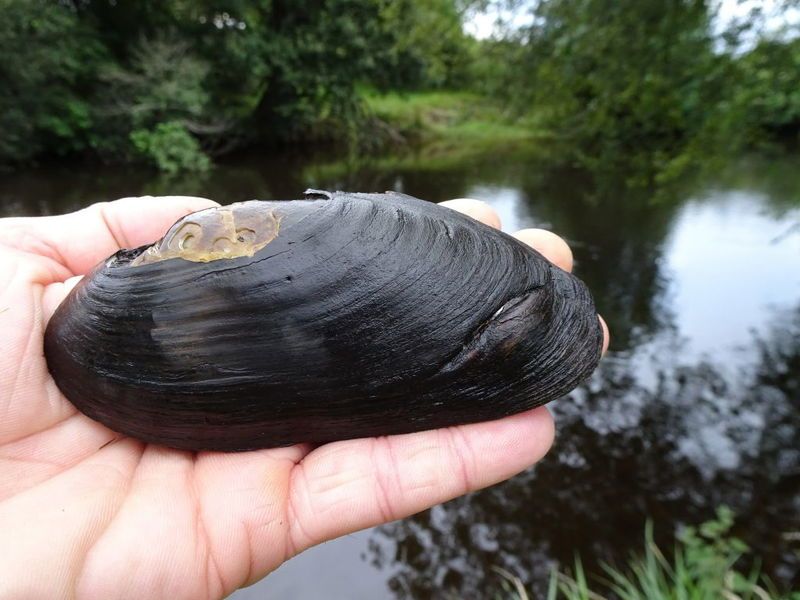
The freshwater pearl mussel, an elegant inhabitant of pristine rivers, can live over 130 years. Its lustrous shell is both beautiful and functional.
These mussels filter water, contributing to their ecosystems’ health and clarity. Their longevity is linked to the purity of their habitat, relying on clean, flowing rivers.
Historically, they were sought after for pearls, adding an element of human intrigue to their story. Today, they remain symbols of aquatic endurance.
10. Ocean Quahog
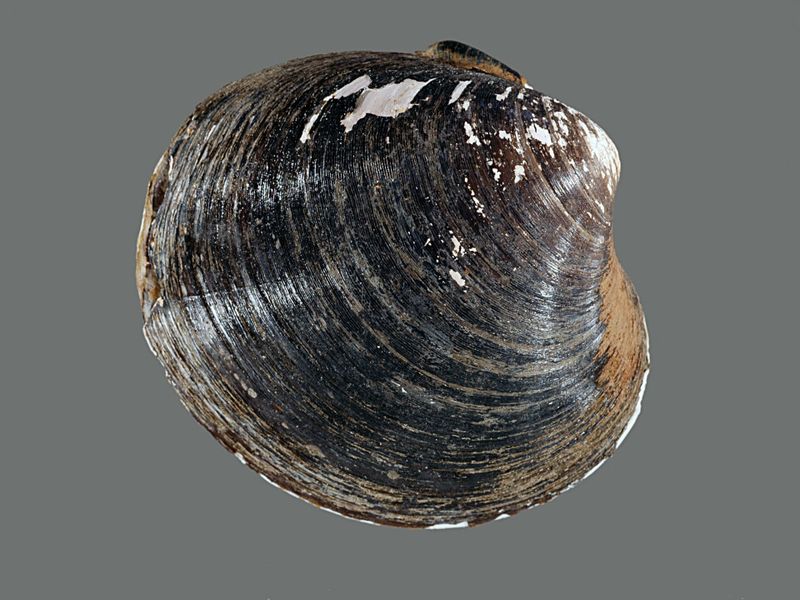
Ocean quahogs are clam supercentenarians, with some living over 400 years. Found in the North Atlantic, these clams have thick shells that protect their soft bodies.
Beneath the waves, they live a slow life, absorbing nutrients from the water. Their growth rings, like those of a tree, reveal their age.
Remarkably, one ocean quahog named “Ming” was aged at 507 years, an incredible record of Earth’s history and resilience.
11. Macaw
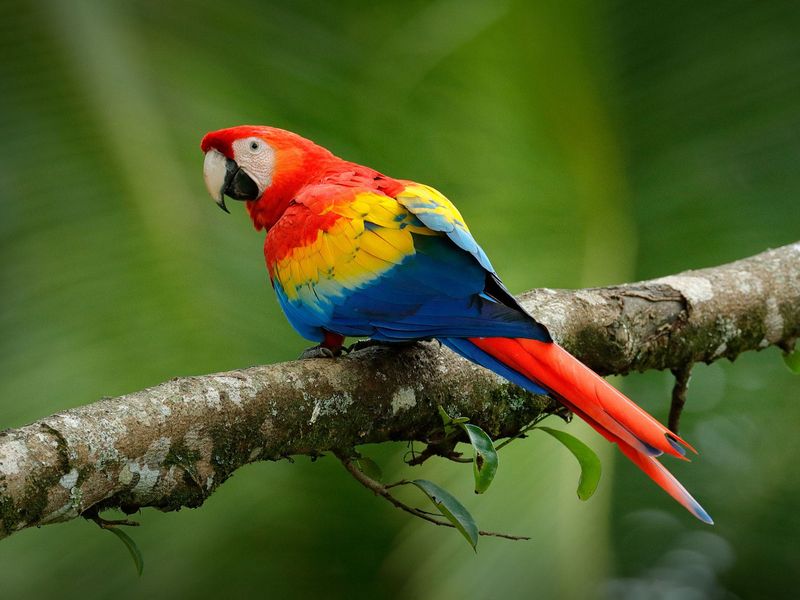
Macaws, with their vibrant plumage and lively personalities, can live up to 60 years. In the wild, they inhabit the lush canopies of Central and South American rainforests.
These intelligent birds form lifelong bonds, displaying remarkable loyalty and affection. Their squawks and calls echo through the forest, a symphony of avian communication.
Macaws are also skilled mimics, able to imitate human speech with impressive clarity, adding to their enchanting allure.
12. Koi Fish
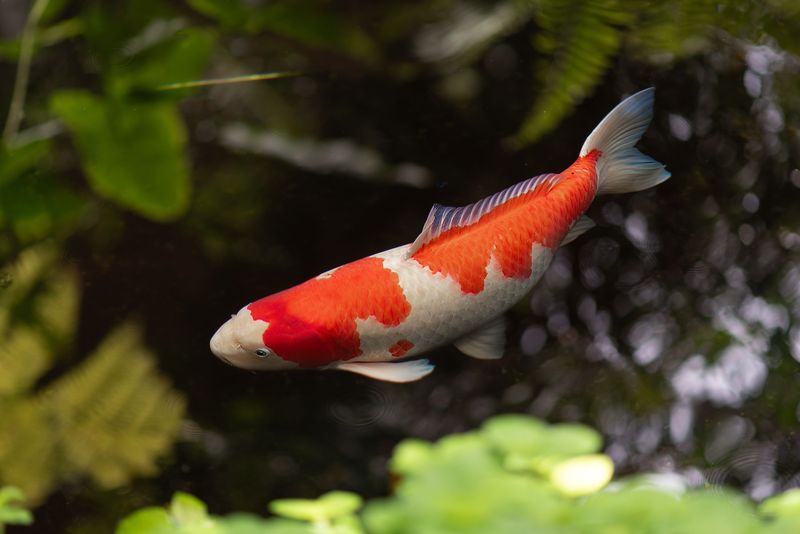
Koi fish, treasured in Japanese culture, can live over 50 years. Their vibrant colors and graceful movements make them living jewels of garden ponds.
These fish are symbols of luck, prosperity, and perseverance, often part of serene water gardens. Their lifespan is linked to the quality of their environment and care.
Legend has it that one koi, named Hanako, lived to be 226 years old, a testament to careful nurturing and tranquil surroundings.
13. Galápagos Tortoise
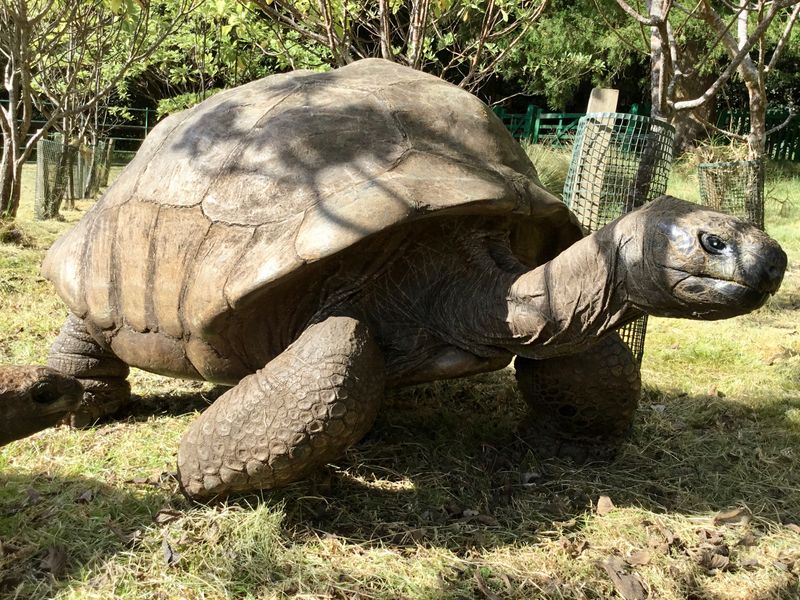
The Galápagos tortoise is an emblem of endurance, living up to 150 years. These gentle giants roam the volcanic archipelago, embodying the spirit of evolution.
With their massive domed shells and sturdy limbs, they traverse the rugged terrain with deliberation. Their slow, steady existence mirrors the island’s timeless beauty.
These tortoises played a crucial role in Darwin’s theory of natural selection, marking them as icons of scientific discovery.
14. American Lobster
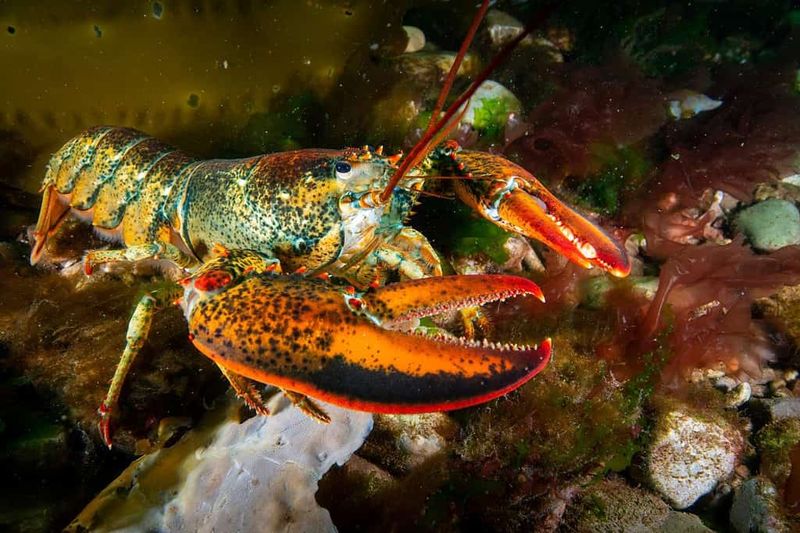
American lobsters, with their rugged exoskeletons, can live over 100 years, thriving in the cold Atlantic waters. Their powerful claws are both tools and defenses in the wild.
These lobsters molt as they grow, shedding their shells to expand. This process continues throughout their lives, showcasing remarkable adaptability.
Fascinatingly, lobsters possess enzymes that repair DNA, potentially contributing to their longevity and sparking interest in scientific research.
15. Elephant
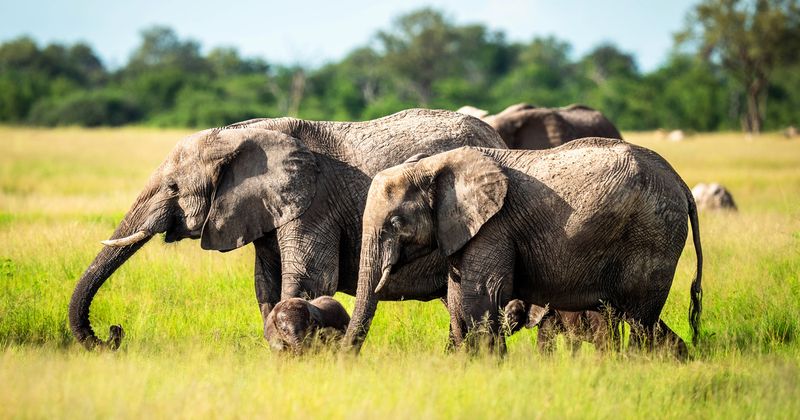
Elephants, known for their intelligence and social bonds, can live up to 70 years in the wild. Their matriarchal herds roam the savannah, led by the wisdom of elder females.
Their trunks serve multiple purposes, from feeding to social interactions, symbolizing their resourcefulness. Elephants communicate with deep rumbles, a language of kinship.
Despite facing threats from poaching, these majestic beings continue to captivate hearts with their strength and gentle nature.

